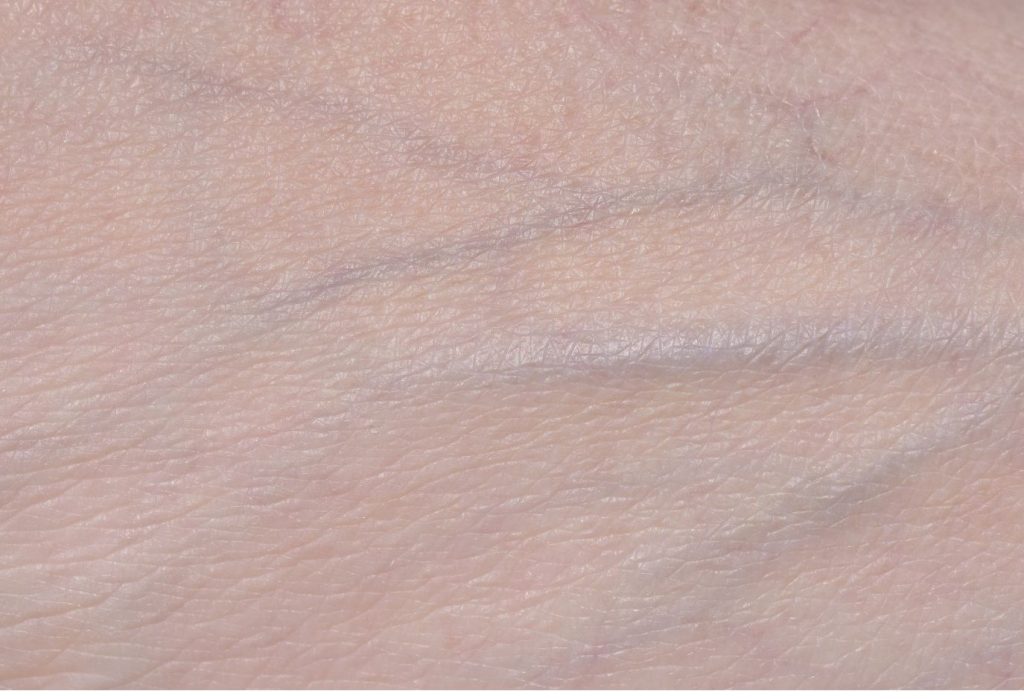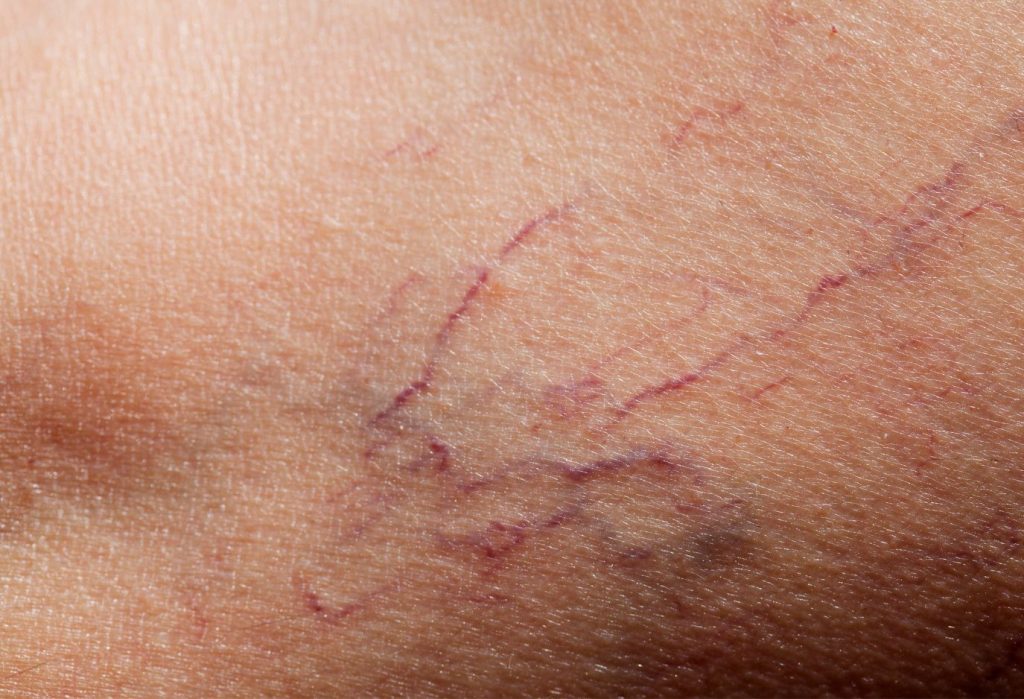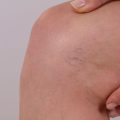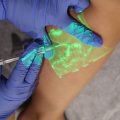Search a topic
Last updated on June 17, 2024
Reticular veins vs telangiectasia: what’s the difference? These are two types of damaged blood vessels. The former are veins that sit a bit deeper in the skin layer, while the latter are tiny capillaries and venules. But while these conditions share a few similarities, they also have notable differences. So, here’s how to tell them apart and what to do if you develop them.
Reticular veins vs telangiectasia: causes
Both reticular veins and spider veins stem from increased pressure in the vein. Reticular veins will typically develop due to faulty vein valves that let blood slip backwards and pool in the vein. Spider veins can also develop from a valve malfunction, but sudden and excessive pressure can also make these tiny veins ‘burst.’
Common causes of reticular and spider veins include:
- Pregnancy (spider veins may also form during childbirth)
- Genetics: Some people inherit weak vein walls, valves, or both
- Sedentary lifestyle: Long hours of sitting or standing make the veins fight harder against gravity, increasing wear and tear and the risk of blood pooling
- Age: As we get older, our veins will naturally start to degrade
You should also keep in mind that a reticular vein may at some point cause a spider vein cluster to form. This happens when the excess blood from a reticular vein starts overwhelming tiny surface veins. In these cases, the reticular vein becomes a “feeder” vein.
How to tell the difference
Reticular veins
Reticular or feeder veins are larger than spider veins. They are often blue, purple, or green and lie flat under the skin. Reticular veins are also more likely to cause symptoms like aches and swelling. Often, these symptoms will get worse after long periods of standing.
Telangiectasia
Telangiectasia or spider veins are thin, web-like or thread-like veins. These are smaller than reticular veins and are often red or purple. If you have feeder veins, you may also notice reticular veins running underneath a spider vein cluster.
Treatment for reticular and spider veins
Vein doctors may treat your reticular and spider veins through:
- Sclerotherapy: we inject a sclerosant into the vein to seal it shut. Once sealed, your body will start absorbing the vein.
- Thermocoagulation: your practitioner will seal the vein using heat generated by bursts of radiofrequency energy. Since thermocoagulation involves inserting a fibre into the vein, it’s best for reticular veins and larger spider veins, as the fibre won’t be able to manoeuvre through small spider veins.
- IPL (typically only used for small spider veins): Intense Pulse Light Therapy is a non-invasive treatment. It uses light pulsed through the skin to destroy veins.
- Nd:YAG (typically only used for small spider veins): the Nd:YAG procedure is similar to Pulse Light Therapy. It uses a laser with a special wavelength to target vein clusters without overheating the skin. The key difference between the two is that Nd:YAG has a more focused wavelength where the IPL’s is scattered.
- Closure System Therapy: this treatment essentially glues the veins shut through a medical adhesive and external pressure your practitioner applies.
- CLaCS (Cryo Laser and Cryo Sclerotherapy): This treatment combines Nd:YAG with Sclerotherapy, allowing us to target complex spider vein clusters and feeder veins.
In cases where the reticular veins feed a spider vein cluster, it’s essential to address the feeder veins first.
Reticular Veins vs Telangiectasia: The Bottom Line
Reticular and spider veins both stem from excess pressure in the vein. But as the conditions affect veins of different sizes, they are notably different in appearance and may require different treatment (depending on your practitioner’s recommendation).







